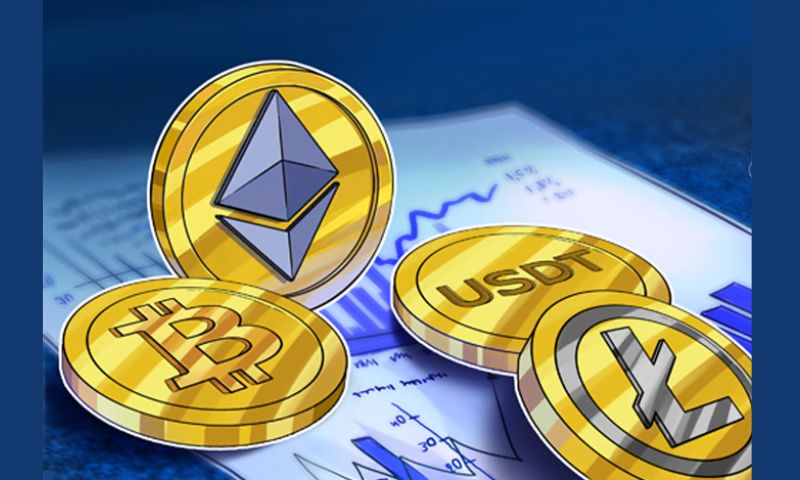Key points
- Sending money in form of stablecoin has added benefit of protecting its value
- Visa and Mastercard combined collected around $187b in fees on card purchases in US last year
- Conducting sales in stablecoins bypasses banks or payment systems, reducing transaction costs
NEW YORK: Stablecoins might not make people into surprise millionaires the way bitcoin did, but these cryptocurrencies are designed to be more useful when it comes to daily life.
The GENIUS Act, a regulatory framework recently signed into law by US President Donald Trump, may boost stablecoins, digital currencies with values pegged to a country’s traditional currency.
Here are potential uses for stablecoins, the most popular of which are Circle’s USDC and Tether’s USDT, both tied to the US dollar.
Most people who want to send money to one another, particularly across national borders, rely on services such as Western Union, Ria and MoneyGram, which charge relatively high fees for the service.
Instantly available
Stablecoins allow direct transactions between people, making funds instantly available to recipients, typically at lower fees.
Sending money in the form of stablecoin has the added benefit of protecting its value “in places where the fiat currency is not particularly desirable because of issues like hyperinflation or government controls,” according to Henry Kim, a professor at York University in Canada.
GENIUS Act
The GENIUS Act, passed by Congress in mid-July, should ramp up a trend of using stablecoins for cross-border payments, said Stanford University finance professor Darrell Duffie.
Another use, already offered by several startups, is enabling companies to pay workers living abroad directly in stablecoin instead of dealing with local currencies and financial systems.
Small merchants selling wares online can use stablecoin transactions to improve margins and pay less to credit or debit card networks, according to MIT cryptoeconomics lab researcher Christian Catalini.
Visa and Mastercard combined collected around $187 billion in fees on card purchases in the United States last year, according to the Merchant Payments Coalition.
Transaction costs
Conducting sales in stablecoins bypasses banks or payment systems, reducing transaction costs.
Amazon, Walmart, China’s JD.com and even travel platform Expedia are considering creating their own stablecoins.
This is a way for the online giants to lower fees and make customer loyalty programs more enticing, said Catalini.
Having custom stablecoins would also allow the companies to offer financial services and, if widely adopted, could deprive banks of deposits they use for lending.
A broad shift to stablecoin would spare multinational companies from adverse effects exchange rates can have on earnings but raises questions about security.
Fraud
The traditional financial system invests heavily in protecting customers from fraud and keeping people’s accounts secure.
Stablecoins “are likely to have far greater consequences” when it comes to business between companies, according to Kim.
Liu Qiangdong, founder of Chinese conglomerate JD.com, has spoken about how stablecoin could slash cross-border payment costs by 90 percent and completing transactions in seconds instead of days as is currently the case.
Kim says generative AI agents capable of independently handling computer tasks are well-suited to automatically tend to stablecoin transactions.



























